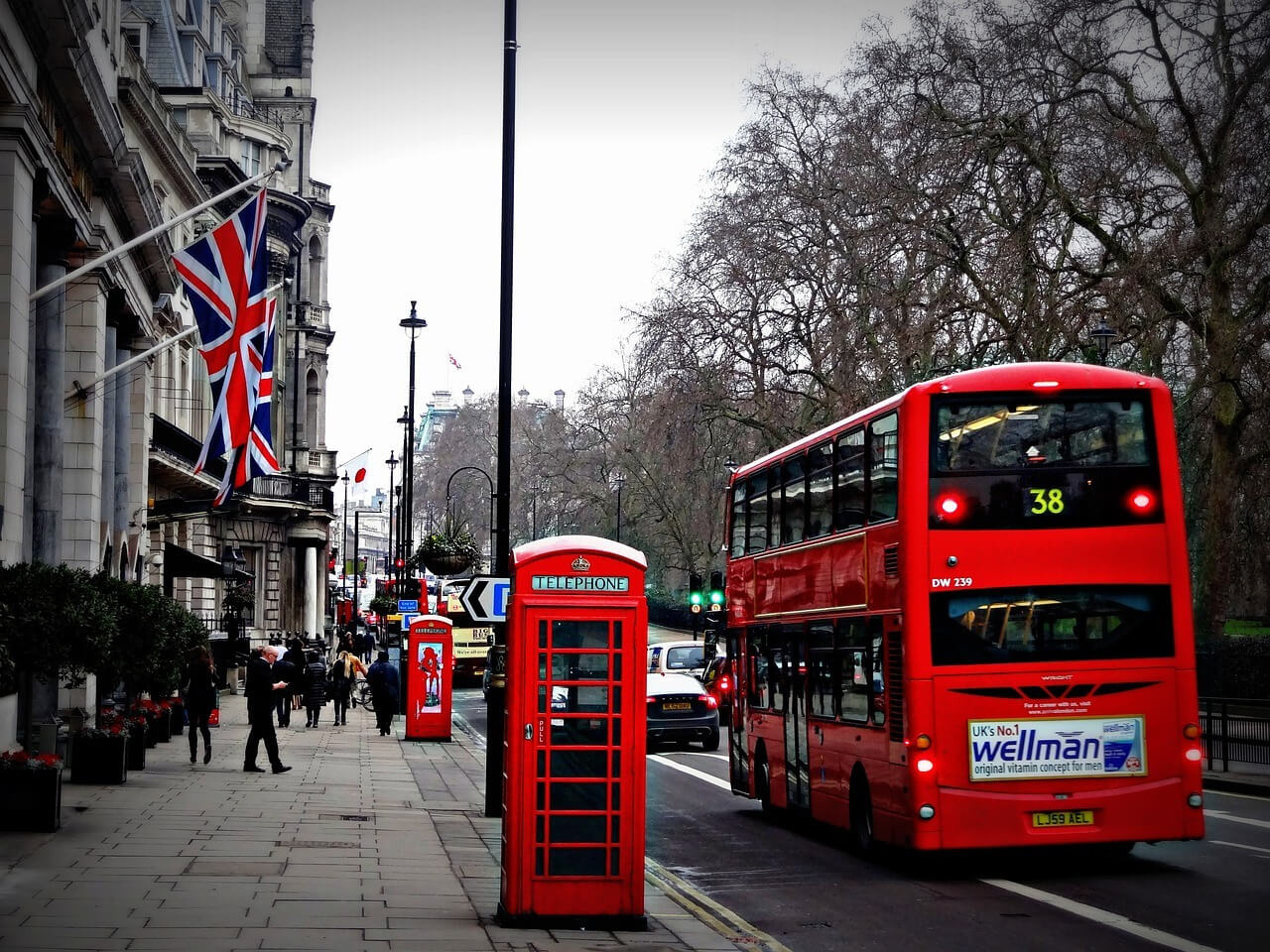The 8 main steps to becoming a qualified commercial driver in the UK

Are you interested in driving a commercial vehicle for a living? A career as an HGV (Heavy Goods Vehicle) driver might be just what you’re looking for. With low training costs, opportunities for national and international travel, and high demand on UK roads, obtaining a commercial driving licence and becoming a qualified commercial driver is a good idea.
We walk you through the eight main steps to help you navigate your journey toward this rewarding profession.
Step 1: Meet the minimum requirements
Before embarking on your path towards being an HGV driver, ensure that you meet some basic prerequisites:
- Age: You must be at least 18 years old.
- Driver’s Licence: Possessing a valid driver’s licence is essential. For those who don’t have one yet or are foreign nationals needing licence conversion, consider enrolling in a driving school.
Step 2: Select a UK HGV Licence category
Depending on the type of commercial vehicle you’ll be operating for commercial purposes, select from these specific licences:
- Category BE – For driving vehicles up to 3,500 kilograms with a trailer
- G – Road roller licence
- H – Tracked vehicles
- C1 – For driving vehicles between 3,500kg and 7,500kg (with a trailer up to 750kg)
- C – For driving vehicles over 3,500kg (with a trailer up to 750kg)
- D1 – For driving minibuses and other vehicles with no more than 16 passengers and up to 8m long (with a trailer up to 750kg)
- D – For driving buses with more than 8 passengers (with a trailer up to 750kg)
It’s also important to bear in mind that you may need to apply for provisional entitlement again if you’d like to become a higher qualified commercial driver in the UK. For example, for a C+E (Class 1) driver CPC card, you will already need a category C (Class 2) driving licence.
Step 3: Apply for a Provisional Licence
To get started commercially, you’ll need to apply provisionally first. Order and fill out D2/D4 forms via the DVLA site. Medical clearance is also necessary, and you’ll therefore need certified GP/private firm medical information (D4).
Ensure you accurately complete all the forms to prevent any future hiccups during the approval processes.
Step 4: Pass your driving test
The next step involves passing both the theory and practical parts of your driving test, attaining mandatory qualifications officially recognised across industry standards.
The theory exam is your chance to prove you have a deep understanding of traffic regulations and road signs. This knowledge is crucial for navigating the different routes you’ll encounter during your regular deliveries. The test helps ensure you can handle these assignments efficiently and safely, without ever compromising on safety standards.
Online mock tests can help you practice extensively. By taking these practice tests, you’ll be well-prepared for the actual assessment day, allowing you to confidently showcase your knowledge.
Step 5: Obtain a Driver Certificate of Professional Competence (Driver CPC)
To become a professional driver, obtaining the Driver Certificate of Professional Competence (Driver CPC) is essential. This certificate ensures that you meet the required standards for commercial driving on UK roads. The process involves four key tests:
- Theory Test– Assesses your knowledge of road safety and regulations.
- Case Study– Evaluates how well you can apply your knowledge in practical scenarios.
- Driving Ability Assessment– A practical test to demonstrate your skills behind the wheel.
- Practical Demonstration Test– Showcases your ability to handle real-world driving tasks.
Successfully passing these assessments will grant you the certification needed to operate as an HGV driver professionally.
Step 6: Prepare your application materials
Once you’ve secured all necessary qualifications, it’s time to prepare compelling application materials:
- CV: Highlight relevant experience such as previous jobs involving larger vehicles or any roles related to logistics and transportation.
- Cover Letter: Tailor this specifically for each job application, showcasing why you’re an ideal fit based on their requirements.
Step 7: Apply for commercial driving jobs
Now that you have your qualifications and application materials ready, it’s time to start applying for jobs. Here are some strategies to help you find the right opportunities:
- Training institutes: Many HGV training institutes have partnerships with companies looking for new drivers. They can often connect you directly with job openings.
- Professional bodies: Joining professional bodies or associations related to commercial driving can provide access to exclusive job listings not advertised publicly.
- Job boards and websites: Utilise online platforms such as job boards, company websites, and social media networks like LinkedIn to search for vacancies in the logistics and transportation industry.
- Direct applications: Reach out directly to companies you’re interested in working for. Sometimes employers appreciate proactive candidates who take the initiative.
Step 8: Pass the organisation’s Road Test
Once you’ve successfully applied for jobs and received callbacks, you may be required to undergo a job orientation program. This typically lasts two to three days and provides valuable insights into the company’s products, work culture, and specific job expectations.
What to expect during this orientation:
- Medical examination: Some employers might require an additional medical exam.
- Road test: The final hurdle is usually a practical road test where an examiner will assess your driving skills in real-world conditions. Successfully passing this test demonstrates your competence as a commercial driver.
How can PPR Recruitment help you as a commercial driver?
Becoming a qualified HGV driver involves several steps but offers numerous rewards such as low training costs, high demand on UK roads, and opportunities for national or international travel. By following these eight main steps – from meeting minimum requirements to passing employer-specific tests – you can embark on a fulfilling career in commercial driving.
At PPR Recruitment, we understand that finding skilled professional drivers is crucial for businesses involved in logistics and transportation. If you’re ready to start your journey towards becoming an HGV driver or if you’re seeking talented truck drivers for larger vehicles within your organisation, contact us today!
PPR Recruitment is a leading technical recruitment business providing contract and permanent staffing solutions. To find out more about working in one of the industries we support, give us a call on 01895 808188 or contact us online.
Related to this post:







